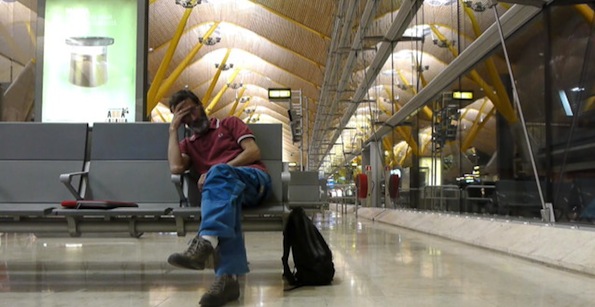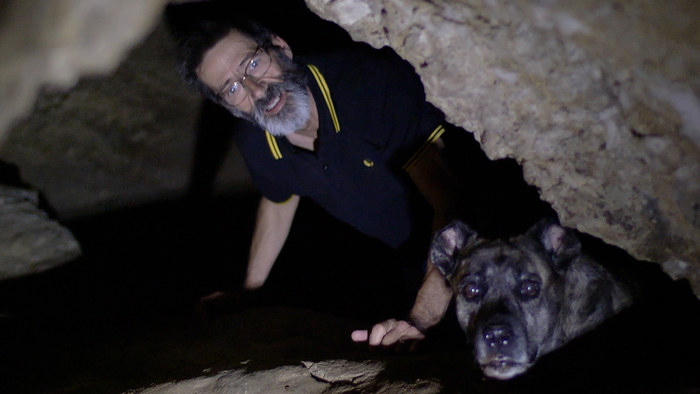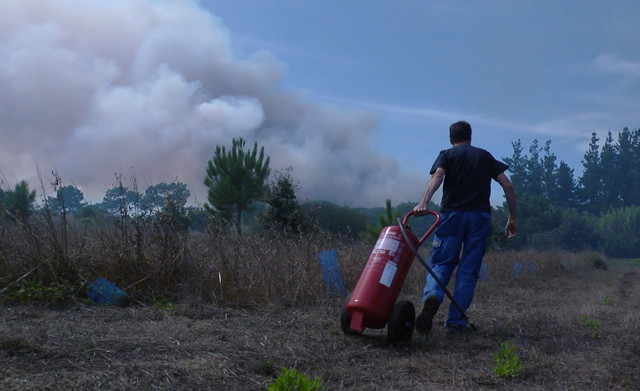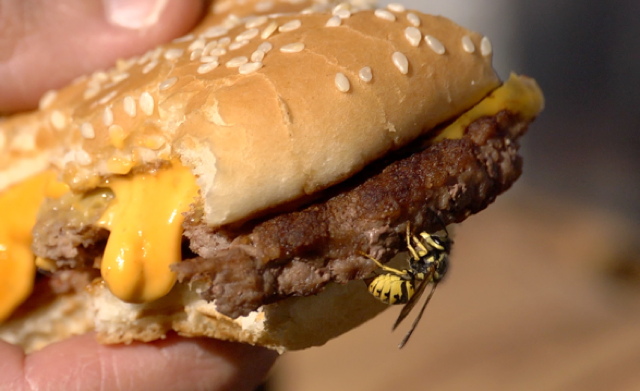The New York Film Festival has been undergoing some changes of late. The prestigious Main Slate continues to grow. Last year (the festival’s fiftieth edition) the primary section hit a whopping thirty-two films, from a more customary twenty-two the year before. This year, NYFF has added multiple sections that did not exist in the past, including “Emerging Artists” and “20th Anniversary Screenings” that are technically subsumed under the “Main Slate,” which also includes the “Official Selection” (formerly the Main Slate), now logging in thirty-six features, a new record.
There’s also a “Spotlight on Documentary,” which includes three subsections: “Applied Science,” “How Democracy Works Now” and “Motion Portraits.” The three sections altogether are comprised of an additional twenty features, depending on how you keep score. (“How Democracy Works Now” is one big project by Michael Camerini and Shari Robinson, made up of no less than twelve feature-length segments, all dated from 2013. This is a work rate that would have made Fassbinder blush.) The documentary sidebar is a particularly curious maneuver in a year when four documentaries are featured in the Official Selection (five, if you count Rithy Panh’s experimental essay film The Missing Picture, about his experiences in Cambodia under the Khmer Rouge). But then, if the aim is to retool NYFF from a small, meticulously curated showcase of The Year in Art Film into something more inclusive (and perhaps more Tribeca-like?), calling for consistency would be but the hobgoblin of nostalgic minds. The die is cast.
All the same, one might ask about placement in this or that section, if the “Official Selection” is still understood to be NYFF’s main attraction. (Among its “sidebars,” Views From the Avant-Garde – itself appearing this year in a curiously elephantine edition, functions almost as a festival unto itself.) Two of the year’s most universally acclaimed films happen to be showing under the “Motion Portraits” banner at NYFF 51. One of them, Stephanie Spray and Pacho Velez’s structural ethnography Manakamana (the latest eye-opener from Harvard’s Sensory Ethnography Lab, who gave us last year’s peerless Leviathan), was probably deemed too rigorous a sit for whichever audiences NYFF is hoping to court by these latest moves (which include the Main Slate programming of new work by the writer of Four Weddings and a Funeral).
But the other film, Portuguese filmmaker Joaquim Pinto’s What Now? Remind Me, is a bit more irksome. A lyrical personal essay film in the tradition of Chris Marker, Agnès Varda, and Johan van der Keuken, Pinto’s film is also a timely reminder of certain political and biological exigencies. Pinto, who is surviving with HIV and hepatitis C, has created an aide-memoire for his own difficult journey through experimental treatment regimens that sap his strength, cloud his mind and dampen his libido. At the same time, What Now? opens out onto the larger world—not only his marriage to husband Nuno Leonel and the various people in their immediate circle, but the broader cycles of life and death.
Admittedly, this is not an easy film to contend with. Pinto is bracingly open about the state of his illness and the physical ravages of the poisonous medicines he is taking to combat it. One of the continual themes of What Now? is whether, and when, the cure is more destructive than the disease. While Pinto starts from his own body—we begin with him in bed, describing his symptoms with a fascinating phenomenological detail, the struggle to send messages to his body to move, to breathe—over the course of the film he opens outward. Through live news reports, we are asked to consider economic austerity measures in Portugal and Greece. Again, is the cure worse than the disease? And who decides whether this cruel medicine will be administered?
What Now? is a long film, clocking in at two hours forty-five minutes. But Pinto’s primary work was a sound recordist for Raul Ruíz, João Cesár Monteiro, Robert Kramer and others. As such, he has an uncanny sensitivity to time and composition. As such, themes and motifs recur and interlace throughout the running time. While the sheer gravity, the laboriousness of existing as/with a sick body remains Pinto’s grounding concern, the aspects of his life with Nuno that he chooses to focus upon all come back to one overriding idea: it takes great effort to keep life going.
We see this in the three-hectare plot of land that he and Nuno manage. They have planted trees, and continually fight to sustain them against three years of drought. We see Nuno with a watering can, Joaquim slowly following behind, out in the fields tending to their young forest, attempting to build something for the future. (Near the end, wildfire claims large sections of the land. Joaquim suspects arson, but it’s hard to say. As with the filmmaker’s health problems, the tending of the parched land entails emergency management, the literal putting out of fires.) The couple even struggle to maintain a manmade pond on the land, frequently filling it up by hand.
We also see the difficulty of keeping a marriage and a family working. Joaquim and Nuno have four rescue dogs who they love dearly. One of them, Rufus, requires surgery. Later, he bursts his sutures, partly because Joaquim is too frail to prevent the dog from roughhousing. Joaquim remarks on Nuno’s anger, at Rufus’s pain and at the financial burden. Having a spouse with a long-term illness is hard, and Joaquim acknowledges this. In one of the most heartrending moments of What Now?, we see Joaquim and Nuno in an extended lovemaking scene; as soon as it’s over, we cut back to the living room, and Nuno asks, “Did I hurt you?”
By his own admission, Joaquim is fascinated with details and minutiae. He is even fascinated by the presence of the nearly imperceptible HIV virus in his own blood, the attempt to pinpoint processes that are internal and largely intangible. By contrast, Nuno is somewhat spiritual and philosophical, more concerned with broad patterns of change. Just after the end of the first hour of What Now? Joaquim, feeling ill and staying indoors while Nuno is planting, finds a quotation in Nuno’s copy of St. Augustine’s Confessions:
“How do we measure present time, since it has no extension? It is measured while it passes; but when it has passed, it is not measured; for then there is nothing that could be measured. But whence and how does it pass, but from the future? Which way, save through the present? Whither, but into the past? Therefore, from what is not yet, through what has no length, it passes into what is now no longer.”
Joaquim is sharing with Nuno his own reasons for making What Now? Remind Me. (It’s worth noting that in the beginning of the project, Nuno did not want to appear in the film, but he eventually relents.) There are the personal reasons. Joaquim describes how the drugs he’s on affect his memory and hamper the clarity of his thinking. (In addition to more common confusions, like mixing up days and months, he speaks of having phantom memories of making a sculpture he did not make.) So he is externalizing his long-term memory through digital means.
But there is more to What Now? than this. As Augustine tells us, there really is no present, per se. It is the future that comes at us, that guides us and introjects us into its meanings and strategies, and sends us into that expanding field we call History. (We can tell that Walter Benjamin was an attentive student of Augustine.) So Joaquim’s effort to continue to exist—and as he and his film make clear, it is indeed a great deal of effort—is an active trudging into a future that he refuses to be written out of.
What Now? Remind Me—the title is, on one level, Pinto’s memo to himself, but it is also a social and political injunction, in the supposed “post-AIDS” era, to remember. To remember the many people we lost, some of them—Serge Daney, Guy Hocquenghem, Derek Jarman—Pinto’s friends. But also to remember that Pinto is alive, and unwell and forcing his body and mind to work in uneasy tandem so as to write his future into history’s still-open book.







